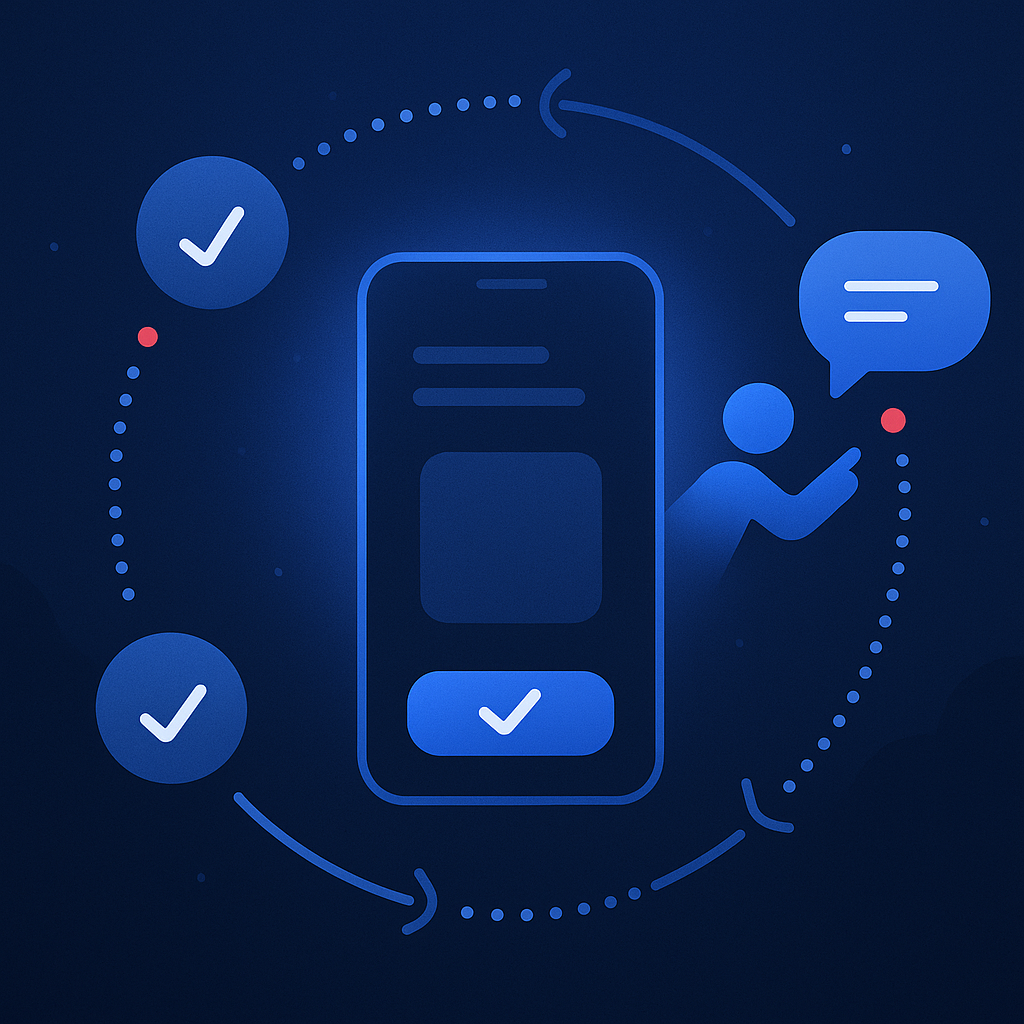Amid increasing demand for a more effective and interconnected global economy and the economic challenges of 2020 resulting from COVID-19, which included a dramatic shift to remote work, research suggests that Internet of Things (IoT) trends are going to be the accelerating factors of the global economy reopening in 2021. In this article, we look at the following 5 IoT trends that are set to disrupt the world of technology in 2021 and beyond:
1. Analytics and edge computing will give rise to new concepts
2. Demand for ethical artificial intelligence will see substantial growth
3. Healthcare investment in IoT will skyrocket
4. The advent of 5G will fuel IT growth
5. Smart public infrastructure will become more prevalent
IoT is one of the most prominent tech trends to have emerged in recent years. Throughout 2021, we are going to see interesting developments in the form of a rise in innovative technologies and the acceleration of existing ones. From using data analytics to digital, remote health care to robotics and increased automation, IoT trends in 2021 are set to exploit data at the edge.
1. Analytics and edge computing will give rise to new concepts
COVID-19 with its associated social distancing requirements bolstered remote work. This in turn fuelled the need for distributed resources that can keep users away from centralised locations such as the office. This combined with edge computing architecture will see new concepts emerge around connected things at the edge. This includes, for example, localised data analytics that will enable users to consume data as close to the source as possible as well as greater integration among devices.
2. Demand for ethical artificial intelligence will see substantial growth
Companies using artificial intelligence (AI) and other machine learning advancements often overlook their ethical impact. Over the next few years, organisations will be seen moving towards a more responsible manner of embracing AI. Companies will opt to collaborate with partners that focus on data ethics and practices that mirror their own business practices and support their customers’ values.
3. Healthcare investment in medical IoT will skyrocket
Smart healthcare such as automated home help for the elderly and people living with disabilities, smart wearables and connected sensors will continue to change and improve the way healthcare is delivered and how we interact with medical devices. Medical IoT devices can connect patients with doctors, facilitate virtual patient consultations and offer the option to easily share online prescriptions. It can also be used to reduce unnecessary contact in situations where the risk of viral infections such as the current pandemic, is particularly high, for example, in care homes and infectious disease wards in hospitals.
4. The advent of 5G will fuel IoT growth
The world is on the verge of the next major telecommunication innovation in the form of 5G. As all major wireless carriers gear up to roll out 5G, it promises greater connectivity of IoT devices in remote locations with faster speeds. This will undoubtedly stimulate innovation at organisations that develop IoT devices and will see a boost in overall consumer demand in 2021 and beyond.
5. Smart public infrastructure will become more prevalent
Many cities around the world have started to replace their traditional street lamps with smart LED streetlights. These street lights will only turn on, for example, when a pedestrian or car approaches and is close and will automatically turn off when movement in its coverage area ceases. The biggest beneficiary of IoT in 2021 can therefore be public infrastructure. The vast capabilities of integrated IoT in public infrastructure such as streetlights, roads, rails and bridges will help to realise the dream of a smart city in the 21st century.
It is estimated that by 2025, there will be more than 21 billion IoT devices. And while IoT got its start in smart homes, smartwatches, and fitness apps, we’ll see a lot more advanced IoT in the coming year. Until recently, the Industrial Internet of Things (IIoT) was industry’s focal point. But as big business realises that IoT can monitor where someone is, what they like to buy, and by using analytics what they’re most likely to buy if prompted, we are seeing a clear shift to an increase in, for example, health care apps (Internet of Medical Things), retail (Internet of Retail Things), logistics (Internet of Logistics Things), and workforce management (Internet of Workforce Management). One thing is certain: In 2021 and beyond, IoT will continue to disrupt and reshape the world we live in.
If you enjoyed this article and want to discover how digital transformation can eliminate inefficiency and increase profits by up to 23%, please download our free guide below.
DOWNLOAD FREE GUIDE:
Join the Industry 4.0 Digital revolution



